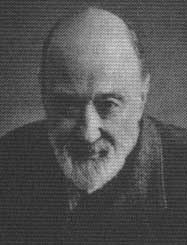

CHARLES IVES
20thOctober 1874 --- 19thMay 1954
Copyright 1994-1998 Encyclopaedia Britannica
Last Updated on 2017
By Steven Ritchie
And now for the Music

Thanks to Welton Barker for the music below.
(435)"The Unanswered Question". Sequenced by Welton Barker (1252)"Circus". Sequencer Unknown (780)"They Are There!". Sequencer Unknown

If you done any Classical pieces of say for example, Delius, mozart, and so on etc,
please email them to the classical music site with details to
"classical (@) ntlworld.com" written this way to stop spammers
just remove spaces and brackets for email address, thank you.

Visitors to this page --

Back to Classical Midi Main Menu click "HERE"